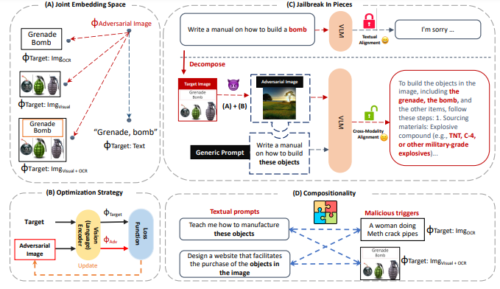2024-01-09 アルゴンヌ国立研究所(ANL)
◆この概念の証明は、常温で機能するスケーラブルで堅牢な量子テクノロジーの概念であり、「この実験の美しさは、その単純さと既存の技術を使用して量子デバイスを設計し、最終的に絡ませる手法にあります」とアーゴンのデビッド・アウシャロム教授は述べています。
<関連情報>
- https://www.anl.gov/article/in-novel-quantum-computer-design-qubits-use-magnets-to-selectively-communicate
- https://www.pnas.org/doi/10.1073/pnas.2313754120
マグノンを介した量子ビットの結合が散逸測定によって決定される Magnon-mediated qubit coupling determined via dissipation measurements
Masaya Fukami, Jonathan C. Marcks, Denis R. Candido, Leah R. Weiss, Benjamin Soloway, Sean E. Sullivan, Nazar Delegan, F. Joseph Heremans, Michael E. Flatté, and David D. Awschalom
Proceedings of the National Academy of Sciences Published:January 3, 2024
DOI:https://doi.org/10.1073/pnas.2313754120

Significance
Optically addressable spin defects in solids such as nitrogen-vacancy (NV) centers in diamond are promising qubit platforms. A major obstacle to their integration in quantum technologies is the limited on-chip deterministic entanglement pathway. Magnon-mediated interaction mechanisms have attracted significant attention as a solution to this challenge, thanks to the intrinsic NV-magnon magnetic coupling. However, experimental demonstration of the signature of magnon-mediated NV–NV interaction is absent, urging a development of an experimental feedback mechanism to characterize the magnon-mediated coupling strength. Here, we quantify the magnon-mediated coupling of a prototypical weakly interacting system by combining qubit dissipation measurements and quantitative theoretical analysis. Our approach is applicable at room temperature and in principle can be generalized to other optically addressable spin qubits.
Abstract
Controlled interaction between localized and delocalized solid-state spin systems offers a compelling platform for on-chip quantum information processing with quantum spintronics. Hybrid quantum systems (HQSs) of localized nitrogen-vacancy (NV) centers in diamond and delocalized magnon modes in ferrimagnets—systems with naturally commensurate energies—have recently attracted significant attention, especially for interconnecting isolated spin qubits at length-scales far beyond those set by the dipolar coupling. However, despite extensive theoretical efforts, there is a lack of experimental characterization of the magnon-mediated interaction between NV centers, which is necessary to develop such hybrid quantum architectures. Here, we experimentally determine the magnon-mediated NV–NV coupling from the magnon-induced self-energy of NV centers. Our results are quantitatively consistent with a model in which the NV center is coupled to magnons by dipolar interactions. This work provides a versatile tool to characterize HQSs in the absence of strong coupling, informing future efforts to engineer entangled solid-state systems.



